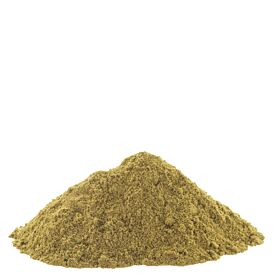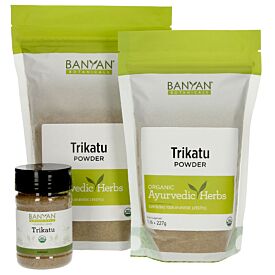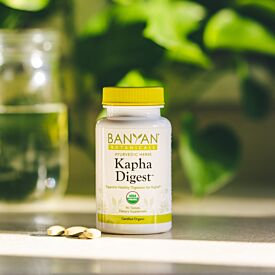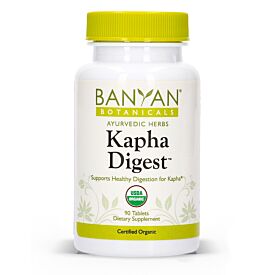Winter for Vata-Pitta and Pitta-Vata

If you have a vata-pitta or pitta-vata constitution, you will most likely want to focus on the vata qualities of the season this winter, making your daily routine more vata-pacifying than kapha-pacifying, as well as taking advantage of the cold, quiet nature of the season to calm and rejuvenate pitta. Of course, you can adapt your habits from day to day, according to your local climate or your personal state of balance.
You may find it helpful to read both the vata and pitta sections for further suggestions on how to support vata and pitta respectively.
Ideal Winter Foods for Vata-Pitta and Pitta-Vata
You’ll want to focus primarily on eating a vata-pacifying diet that does not disturb pitta. Foods that will generally support your efforts include:
- Fruits like avocado, sweet berries, cantaloupe, coconut, dates, figs, soaked prunes, and soaked raisins.
- Vegetables like asparagus, green beans, parsnip, sweet potatoes, rutabaga, yellow squash, and zucchini.
- Grains like amaranth, cooked oats, quinoa, basmati rice, and wheat.
- Bean options like mung beans and kidney beans.
- Dairy products like butter, soft cheeses, milk, and ghee.
- Tofu products.
- Sunflower seeds.
- Most natural sweeteners.
Acceptable Winter Indulgences
The winter months will allow vata-pitta and pitta-vata individuals to experiment with eating spicier foods than this dosha might normally tolerate.
On an especially moist and cloud-covered day, you may even enjoy some caffeinated tea, coffee, or espresso (with cream and a lump of natural sugar).
Eggs and meat are also a better choice now than at other times of the year. (If you eat meat, buffalo is a great option for you).
And, since sweet, wholesome treats will calm both vata and pitta, try some Hot Spiced Chai or Maple Tapioca.
Foods to Minimize
Be selective with foods that have the potential to aggravate both vata and pitta.
- Avoid fruits such as cranberries and persimmon
- Cut down on vegetables like burdock root, corn, eggplant, raw onion, radishes, and turnips.
- Minimize grains like millet and rye.
- Avoid white sugar.
If vata is high, include more oil and plenty of warming, nourishing foods. If pitta seems elevated, reduce your use of hot spices like cayenne, chilies, and dry ginger.
In addition to these recommendations, watch for signs of increasing vata (gas, bloating, feelings of anxiousness) or increasing pitta (acidity, irritability), and adapt your diet accordingly.
Lifestyle Tips for Balancing Vata and Pitta in Winter
You will likely benefit most if your primary attention is on keeping vata healthy. You can always change things up if a kapha imbalance arises. Prioritize a sense of routine in your life. Slow down, turn inward, rest, reflect, and rejuvenate. In general, take advantage of the quiet, introspective, and gentle nature of winter.
For exercise, there’s no harm in a bit of a challenge, but favor grounding and fluid forms of exercise. If you practice yoga, soften your tendency to look for perfection in your poses and focus instead on quieting your mind and relaxing your being, even in the midst of activity.
You may also find that wrapping up your day around 10 p.m. will help you rest better and will prevent an overactive or restless mind at night.
Get plenty of sleep this winter. This is a great time to restore your reserves of energy.











